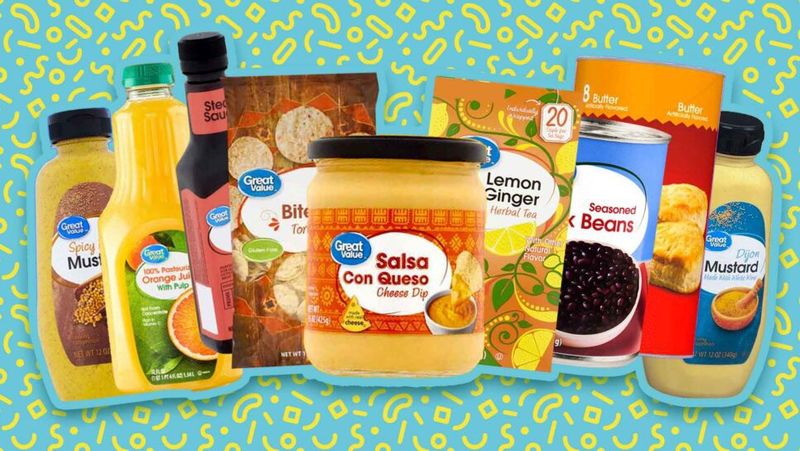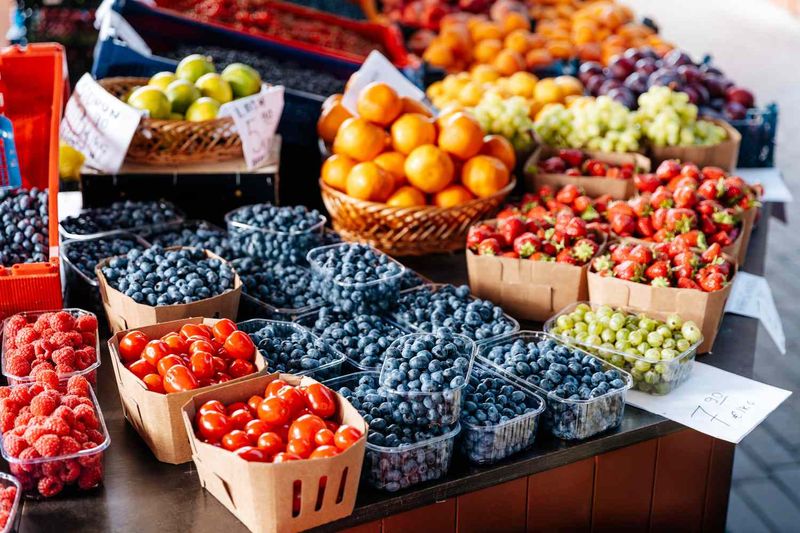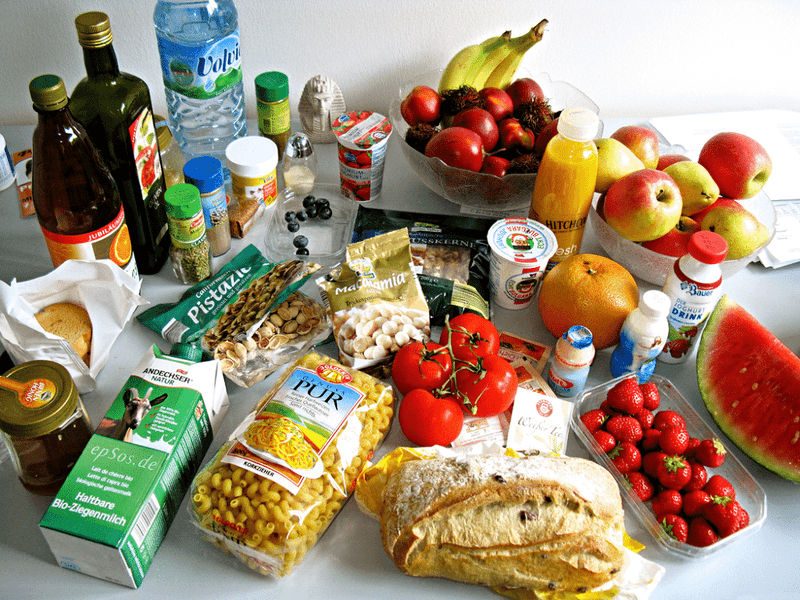10 Ways to Save Money on Groceries Without Sacrificing Nutrition

Food prices keep climbing, but your nutrition doesn’t have to suffer when you’re trying to save money. Smart shopping strategies can help you eat well while spending less at the checkout. With a few simple changes to your grocery habits, you can stretch your food budget further without compromising on the quality of meals you serve your family.
1. Embrace Store Brands and Generic Products

Brand loyalty might be costing you more than you realize. Store brands and generic products typically cost 20-30% less than their name-brand counterparts while offering virtually identical nutrition profiles. Most supermarket chains have significantly improved their private label offerings in recent years.
Staples like flour, sugar, rice, beans, and frozen vegetables are particularly good candidates for switching to store brands. Even medications and cleaning supplies often have identical active ingredients at a fraction of the price.
Start by trying one generic alternative each shopping trip. You’ll likely discover many favorites that taste just as good while stretching your budget much further.
2. Plan Your Meals and Make a List

Taking 30 minutes each week to plan your meals can slash your grocery bill dramatically. When you know exactly what you need, impulse purchases become much less tempting. Look through your pantry and refrigerator first to avoid buying duplicates.
Digital meal planning apps make this process even simpler, allowing you to save favorite recipes and automatically generate shopping lists. Many families report saving 20-30% on groceries just by implementing this one habit consistently.
For maximum efficiency, organize your list according to your store’s layout. This prevents wandering through tempting aisles where unplanned purchases happen most frequently.
3. Shop Seasonally and Locally When Possible

Strawberries in winter come with a premium price tag. Seasonal produce costs less because it’s abundant and doesn’t require expensive shipping from distant climates. The bonus? In-season fruits and vegetables actually contain more nutrients since they’re harvested at peak ripeness.
Farmers markets often offer competitive prices, especially in the final hour before closing when vendors prefer selling remaining inventory at a discount rather than taking it home. Community Supported Agriculture (CSA) shares provide another budget-friendly option for accessing local produce.
Keep a seasonal food chart on your refrigerator as a reminder of what to look for each month. Your wallet and taste buds will both appreciate the difference.
4. Master the Art of Couponing and Cashback

Modern couponing doesn’t require scissors and newspaper clippings. Digital coupons and cashback apps have revolutionized how savvy shoppers save. Apps like Ibotta, Fetch Rewards, and store-specific apps let you earn money back with minimal effort.
The key is being strategic rather than buying things just because they’re on sale. Focus on products you already use, and consider stocking up when staples hit their lowest price point. Many stores also price-match competitors’ advertised deals if you show them the flyer.
Stack your savings by combining manufacturer coupons with store sales and cashback offers. Some dedicated couponers report cutting their grocery bills by up to 40% using these layered approaches.
5. Buy in Bulk Selectively and Smartly

The bulk section offers remarkable savings on pantry staples—often 30-50% less than packaged equivalents. Grains, legumes, nuts, and spices purchased in bulk eliminate the marketing and packaging costs built into retail prices. Just remember to check unit prices, as some bulk items aren’t actually cheaper.
Freezing perishables bought in larger quantities prevents waste. Milk, cheese, bread, and even avocados freeze surprisingly well. Divide bulk meat purchases into meal-sized portions before freezing to simplify future meal prep.
Consider splitting large warehouse club purchases with friends or family if storage space is limited. This approach gives you bulk pricing advantages without requiring excessive storage or risking food spoilage.
6. Incorporate More Plant-Based Protein Sources

Beans, lentils, and tofu pack serious nutritional punch at a fraction of meat’s cost. A pound of dried beans costs roughly $1-2 and yields about 6-7 cups cooked—enough protein for multiple meals. Compare that to $4-8 for a pound of meat that serves far fewer people.
Eggs offer another budget-friendly protein alternative, costing significantly less per gram of protein than most meats. Try building meals around these economical protein sources several times weekly.
The health benefits extend beyond your wallet—research consistently shows plant-forward diets reduce risks of heart disease, diabetes, and certain cancers. Start with familiar formats like bean burritos, lentil soups, or tofu stir-fries to ease the transition.
7. Become a Batch-Cooking Champion

Restaurant meals typically cost 3-5 times more than home-cooked equivalents. Preparing larger batches of food during weekend cooking sessions creates ready-to-eat options throughout busy weekdays when takeout temptation strikes hardest.
Soups, stews, casseroles, and grain bowls reheat beautifully and often taste even better after flavors meld overnight. Investing in quality food storage containers makes this approach sustainable long-term. Many batch cookers prepare multiple recipes using shared ingredients to maximize efficiency.
Beyond the financial benefits, home cooking gives you complete control over ingredients and portion sizes. This translates to healthier meals with less sodium, sugar, and unhealthy fats than commercially prepared alternatives.
8. Transform Leftovers and Reduce Food Waste

Americans throw away nearly 40% of their food, essentially tossing money directly into the trash. Creating a weekly “clean out the fridge” meal prevents this waste. Vegetable scraps become soup stock, stale bread transforms into croutons, and nearly any leftover protein and vegetables can fill a frittata or wrap.
Strategic freezing extends food life dramatically. Freeze milk, cheese, and even avocados before they spoil. Overripe bananas and berries work perfectly in future smoothies.
Proper food storage makes a surprising difference too. Keeping herbs in water like flowers, storing mushrooms in paper bags, and using produce drawers correctly can double or triple the lifespan of perishable foods.
9. Shop the Store Perimeter for Nutritional Value

Supermarkets strategically place processed, high-margin items in center aisles while keeping fresh, whole foods around the edges. Building your diet primarily from perimeter foods—produce, dairy, lean proteins, and whole grains—provides more nutrients per dollar spent.
When venturing into middle aisles, focus on minimally processed staples like beans, whole grains, and canned tomatoes. These exceptions offer good nutritional value without the premium price of heavily marketed snack foods.
Reading nutrition labels becomes your superpower here. Compare protein, fiber, and vitamin content against price to identify true nutritional bargains. Foods with shorter ingredient lists generally offer better value and health benefits than their highly processed counterparts.
10. Grow Simple Foods at Home

Fresh herbs cost $2-4 per tiny package at stores but grow effortlessly on sunny windowsills. A single $3 basil plant provides months of harvests that would cost $50+ if purchased pre-packaged. No outdoor space? No problem! Herbs, microgreens, and even cherry tomatoes thrive in containers.
Regrowing vegetables from scraps costs nothing beyond water and patience. Green onions, lettuce bases, celery hearts, and herb stems all regenerate when placed in shallow water. Children especially enjoy watching these kitchen scraps transform back into food.
Beyond financial savings, home-grown produce delivers exceptional flavor and nutrient density. Nothing compares to the satisfaction of harvesting your own food, even if it’s just a few sprigs of rosemary for tonight’s potatoes.

Comments
Loading…